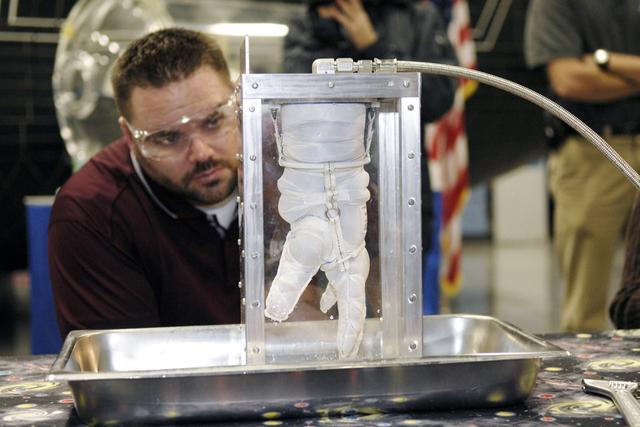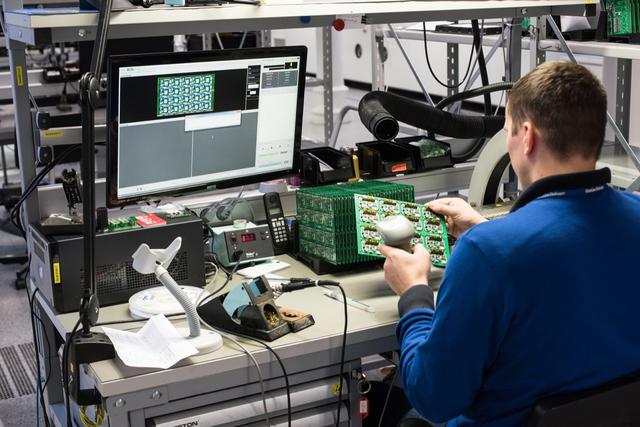Nanosystems Engineers
Overview

Introduction
A nanometer is one millionth of a millimeter—or approximately 100,000 times smaller than the diameter of a human hair. Nanometer-sized particles exist in nature, but they can also be created and engineered to take on unique electrical, optical, magnetic, and other properties.
These inventions, which are often known as engineered nanomaterials, are created by nanosystems engineers, who apply the principles of nanoscale physics and electrical, chemical, biological, and other engineering disciplines to create stronger, lighter, ...
Quick Facts
Median Salary
Employment Prospects
Minimum Education Level
Experience
Skills
Personality Traits
Earnings
The field of nanosystems engineering is interdisciplinary by nature, and, hence, students enter the field with degrees in a variety of engineering disciplines. The National Association of Colleges and Employers reports that the baccalaureate class of 2020 earned the following average starting salaries by engineering specialty:
- Chemical engineering $73,719
- Electrical engine...
Work Environment
Many nanosystems engineers work indoors in cleanrooms, research laboratories, offices, processing or manufacturing plants, or workshops. Most work 40 hours a week. However, they may need to occasionally work nights and weekends to meet project deadlines.
Some nanosystems engineers travel to make presentations at industry trade shows, meet with clients, visit manufacturing facilities or g...
Outlook
The U.S. Department of Labor (DOL) projects employment growth of 4 percent to 6 percent for nanosystems engineers through 2028. This is average employment growth compared to that of all other occupations, and there will be approximately 11,700 new job openings by that time. Opportunities will be best for applicants who have participated in co-op or internship programs while in college. In addit...


































































